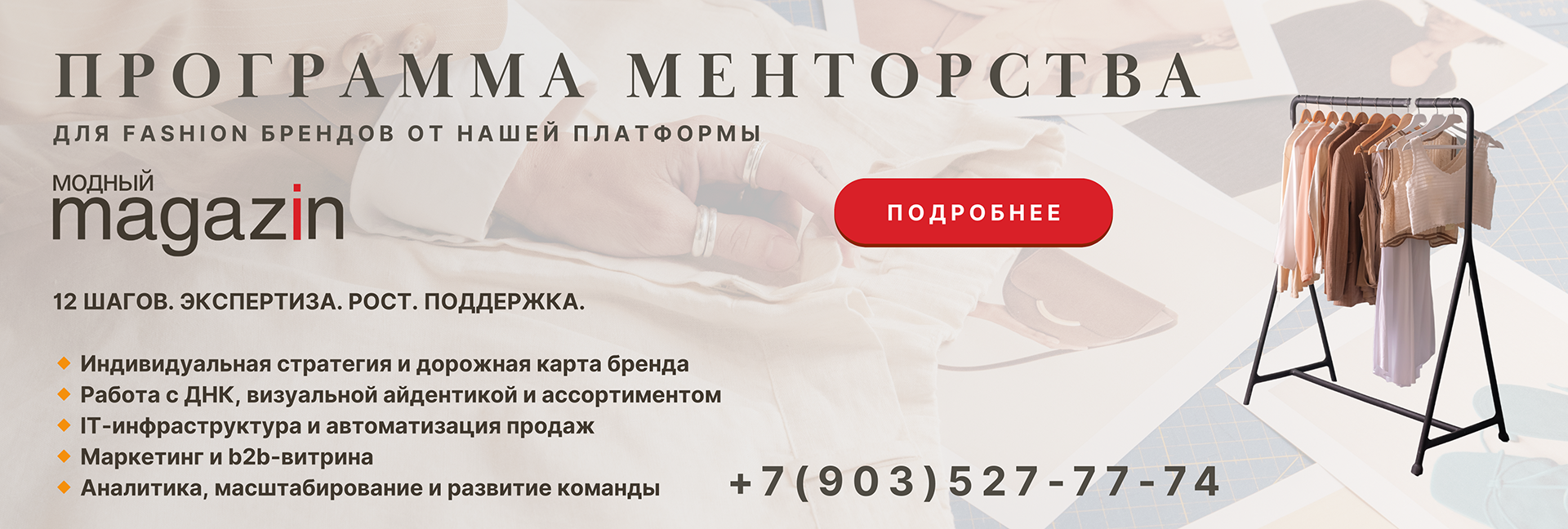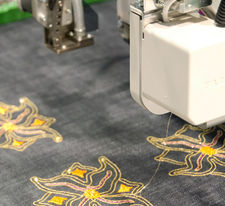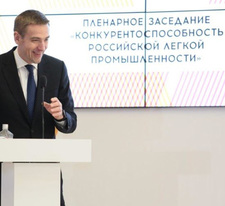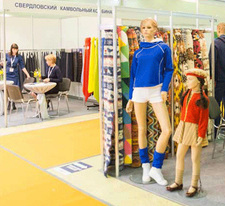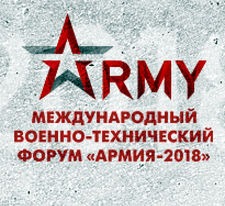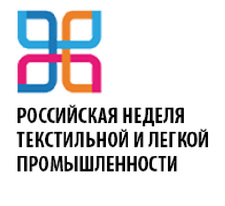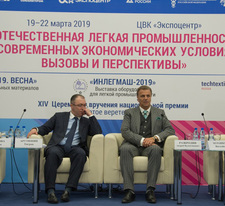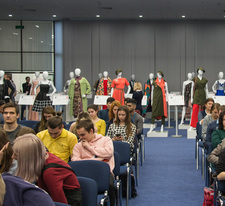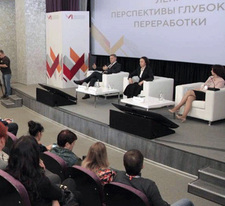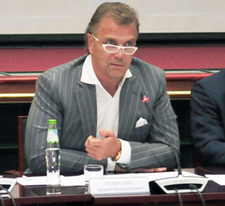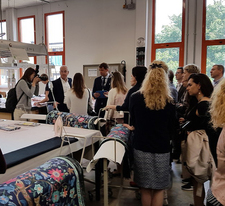Russian light industry: issues and prospects
part 1 part 2
In June, the annual reporting meeting of the industry association was held in MoscowSoyuzlegprom, following which the correspondent of "MM" had a conversation with the president of the organization By Andrey Razbrodin.
Andrey Valentinovich, what would you say about the dynamics of the industry's development and the productivity of its state support measures?
Last year, the textile and light industry showed positive dynamics. More precisely, the textile production index was 107.1% compared to the level of 2016, the clothing production index was 103.8%, the leather and leather goods production index was 104.3%. And in a number of segments of the light industry, these indicators are even higher: for example, the index of production of fabrics from silk threads and yarn was 107.4%; from synthetic and artificial fibers - 113.7%; bed linen - 117%. And for artificial fibers, this indicator is almost a record-breaking 121.1%.
I believe that in the near future, the industry is quite capable of strengthening its position in such market sectors as workwear, nonwovens, bed linen, home textiles, medical products.
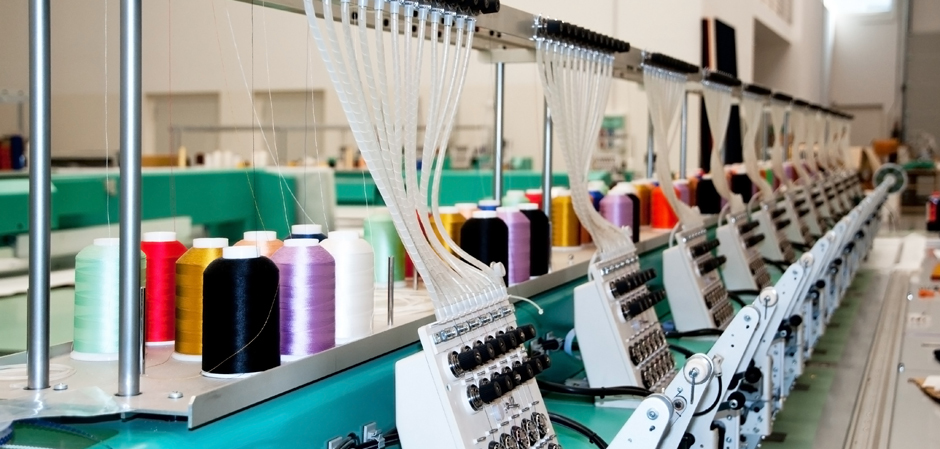
It is also important that in 2017 the volume of investments in fixed assets in the textile and light industry (excluding small enterprises) amounted to 10 billion rubles. It seems to be not so much, but I emphasize that this is an increase of more than a third to the level of 2016.
These achievements, after a long period of falling production, indicate that the recovery of the industry is proceeding at a steady pace. Thanks to them, there is a more active import substitution in various sectors of the light industry. And this is also important in social terms, since the enterprises of the industry remain city-forming or are among the city-forming ones in at least 30 subjects of the Federation.
The mentioned dynamics became possible thanks to the systematic state support measures taken in 2016–2017, and more active cooperation of the state with experts and the business community of the light and textile industries. In other words, we are not only heard – listened to.
To realize the investment potential of companies in the industry from the Industry Development Fund in 2017, loans were allocated in the amount of 1063 million rubles. And with the direct support of the Ministry of Industry and Trade of Russia, the Chamber of Commerce and Industry of the Russian Federation and the RSPP, 2.2 billion rubles were allocated from the Reserve Fund of the Government of the Russian Federation. to solve particularly urgent problems of the industry. All these measures have certainly mitigated the negative effect of tightening tax legislation and maintaining high credit rates. And in total, in 2017, 12 resolutions and orders were adopted The Government of the Russian Federation, aimed at supporting the industry.
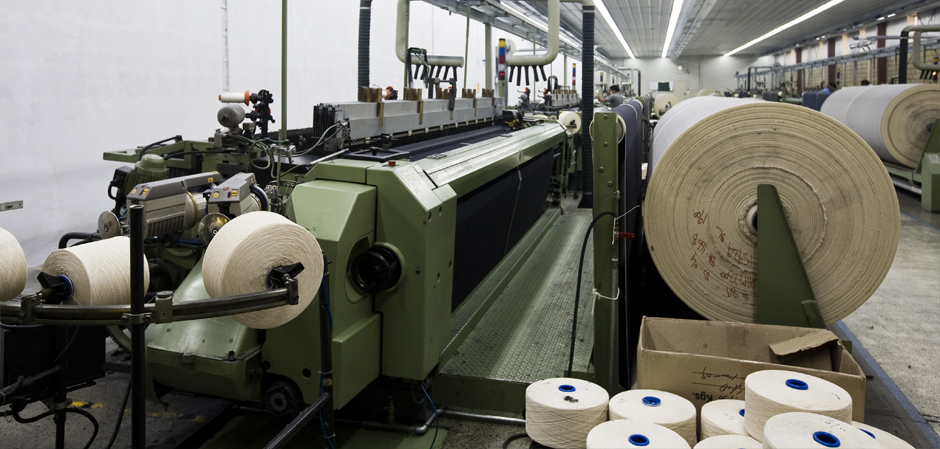
The industry community believes that when developing the budget for the upcoming three-year period, it is necessary to maintain the same level of state support for 2019 and 2021. In addition, The government restricts the access of foreign manufacturers to the public procurement system, in particular, for law enforcement agencies. Thanks to According to the Decree of the Government of the Russian Federation No. 791, the share of products supplied by Russian manufacturers for law enforcement agencies increased from 30% to 80% by the end of 2017. Accordingly, the workload of enterprises – performers of the state order has increased. I believe that these trends will continue.
– What factors, in your opinion, have a negative impact on the industry and on the light industry goods market as a whole?
The current situation in the consumer market can be described as multi-vector. On the one hand, there is a high potential for competitiveness of many products of the Russian textile and light industry. On the other hand, there are a considerable number of problems that are interconnected with each other. First of all, it is the ongoing search for the optimal balance of "price/quality" in the supplied products. And there is still a significant presence of – from a third to a half, or even more – counterfeit products in almost all groups of goods in the industry. It is difficult for Russian manufacturers to compete with them due to the cheapness of counterfeit goods and low effective consumer demand.
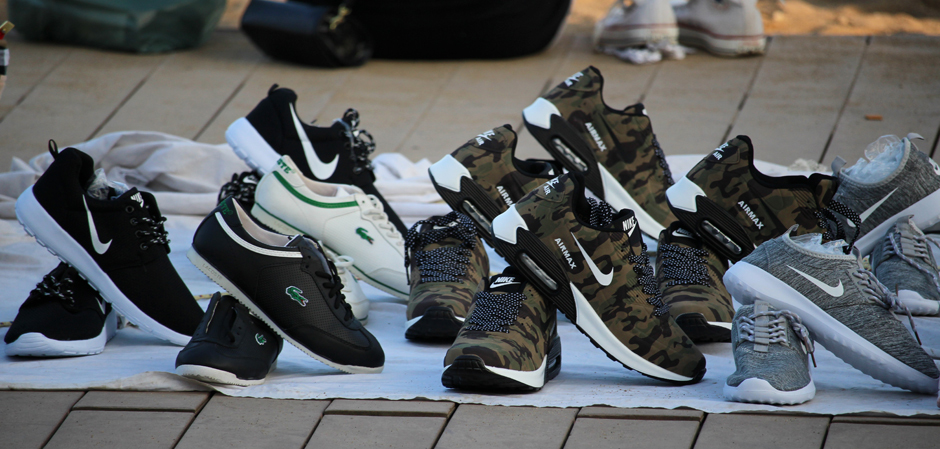
Counterfeit and contraband products actually devalue state support measures for those who work in the legal field. So far, it has not been possible to reduce illegal trafficking in the most sensitive sectors - the production of hosiery, knitwear, footwear. As a result, sales of domestic products are still declining this year.
There is also a shortage of working capital at enterprises with long delays in payment for the delivered goods. Banks have a difficult position when allocating loans for expensive supply logistics. Often – when the quality of logistics services is not guaranteed.
– Will the use of special labeling of light industry products expand? How effective is it for detecting counterfeit goods?
The process of marking goods with control marks started, as you know, with the marking of fur products, which led already in 2017 to a high level of "whitewashing" of this market sector. Together with ACORT and other industry associations, a proposal has been made to the Ministry of Industry and Trade of the Russian Federation, the Eurasian Economic Commission to expand the range of labeled products and a reasonable phasing of labeling implementation.
But, of course, labeling is only one component of systemic anti-counterfeit measures, including debugging a comprehensive commodity distribution system within the framework of the EAEU. Plus, Soyuzlegprom considers it necessary to create a Register of manufacturers of products in the Russian Federation and in general in the EAEU, as well as voluntary standardization and certification.
Interviewed by Andrey Chilikin
To be continued
Photo: shutterstock
